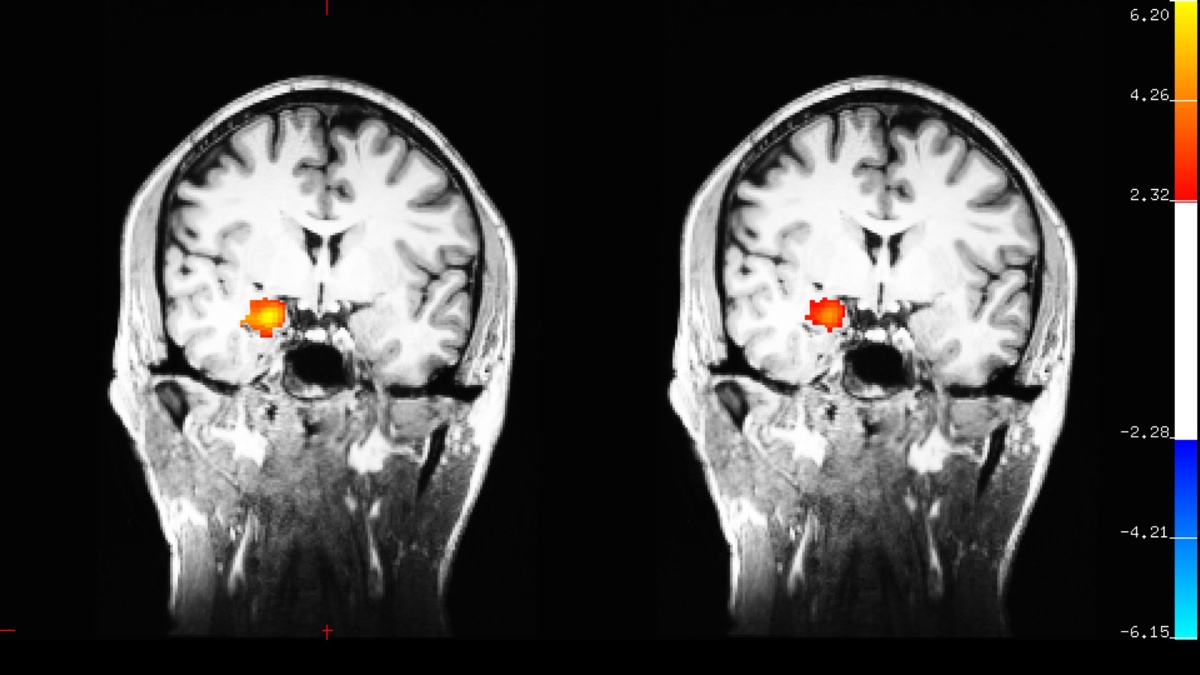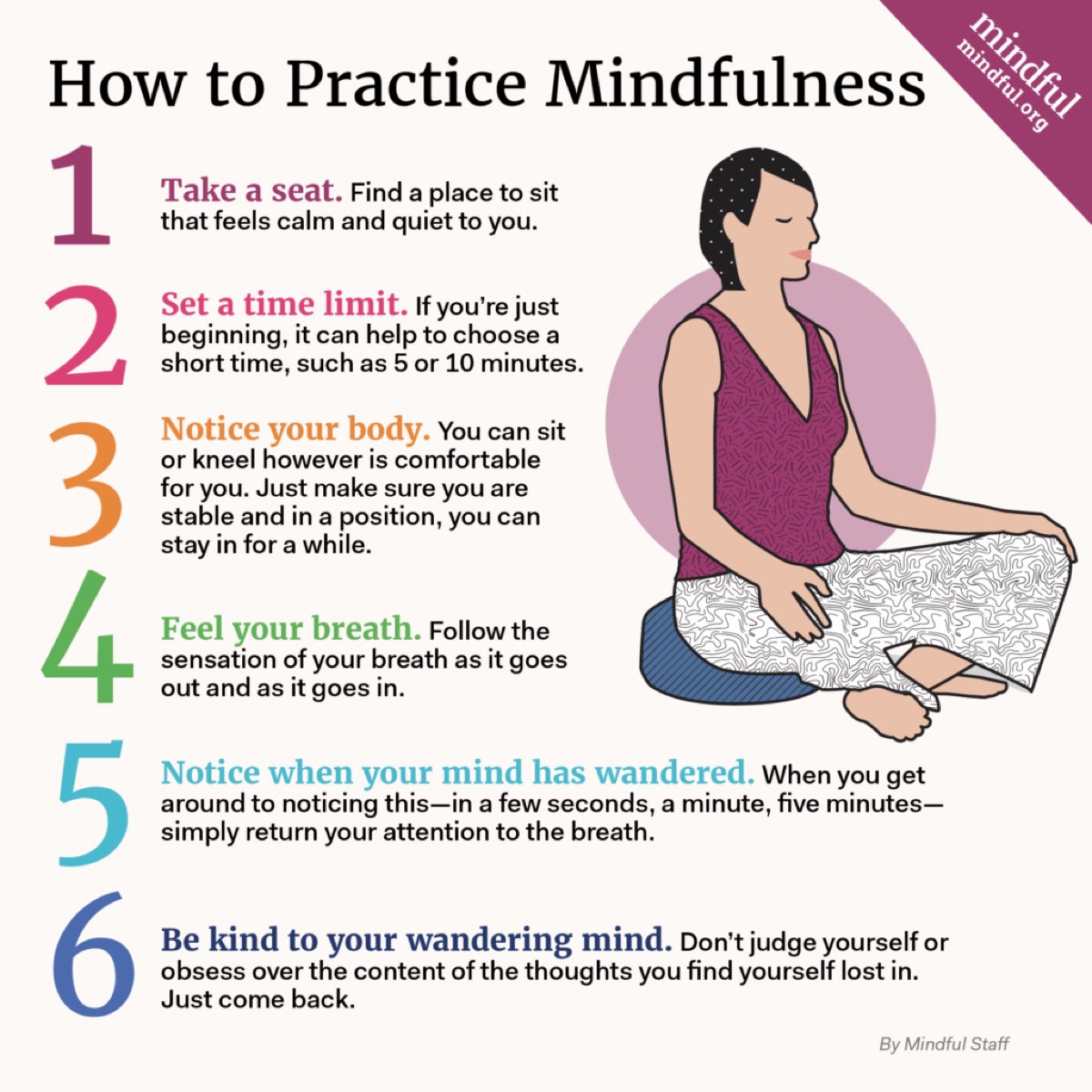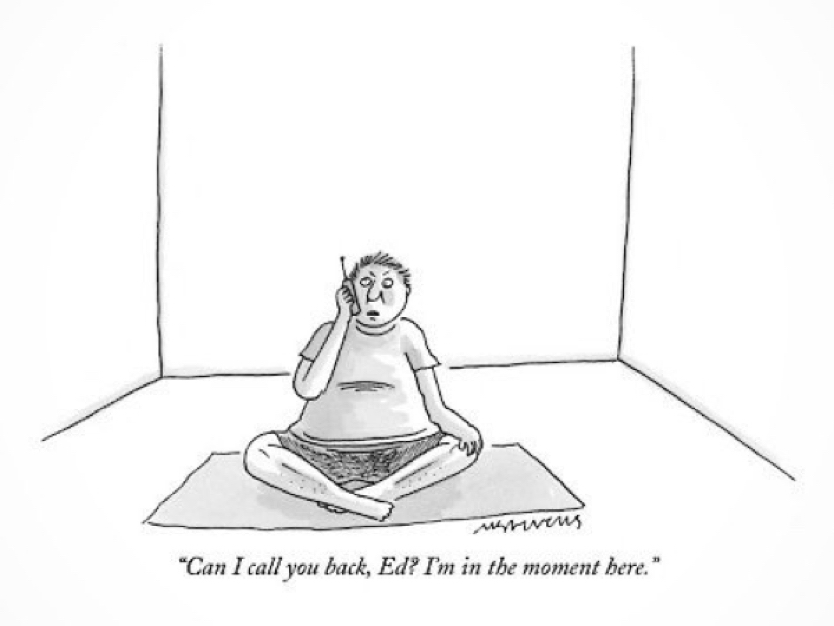Trail ultrarunner Timothy Olson’s introduction to meditation came at massage school in Ashland, Oregon. He says it was the logical connection between the body and the mind that drew him in. He also says that running felt like meditation, a conscious connection between his breath and the natural world around him. His meditation practice developed around his running.
However, Timothy found himself frustrated when injury struck and he was unable to do “his meditation.” That’s where the Timothy Olson most of us recognize now, a runner who has encircled his life with various mindfulness practices, came from.
Timothy found that the daily, non-running meditation practice he started when injured helped his running later on, allowed him to consciously sit with life events as they came up, and cultivated his compassion. What started as a way to grapple with not being able to run found a permanent place in his daily life. Timothy urges, “Give it a try, even a minute in the morning or the night and just notice how you feel. Remember that running is fun, so enjoy the journey.”
What can we ultrarunners learn from mindfulness? You’ve probably heard the phrase ‘ultrarunning is 80% mental’ or some variant tossed amongst runners, and to an extent it’s true. Fitness, albeit incredibly important, will only get you so far in an ultramarathon. When we look at ultramarathon predictors of performance, the longer the race gets, the less important physiologic metrics become and the more important factors like eating, drinking, managing discomfort, and thermoregulation–all actions that the brain initiates–are. To successfully run ultras, you need to be both physically and mentally prepared to take care of yourself on race day. And that’s where mindfulness might help.
So, does the science support mindfulness as a sport-enhancing technique? Though the study of mindfulness is new and the research conclusions emergent, the science says potentially yes. In this article, we look at the science behind some of the psychological components of performance and how tools like mindfulness and meditation could benefit your running.
The Evolution of Sports Psychology
Sports psychology has been around for a long time. Studies on psychological interventions to optimize athlete performance took off in the early 1970s, and were primarily targeting increasing an athlete’s self-control over internal processes that were thought to inhibit sport performance (1). These techniques were called psychological skills training (PST) and were grounded in ‘thought-stopping,’ or an effort to gain mental control. PST includes visualization, positive self-talk, imagery, mental rehearsal, arousal control, and pre-competitive routines (10, 11).
A lot of us have positive experiences utilizing and science shows the efficacy of some PST techniques. However, recent research suggests that PST techniques in which you attempt to control or rid yourself of unwanted emotions and thoughts can be counterproductive. It reminds me of yelling, exasperated, at my biathlon coach after a subpar shooting session back in the day, “I’m trying so hard to relax!” It appears that our efforts to control or suppress certain thoughts can lead to the ironic effect of over-engaging with the very thought we are trying to avoid (2, 6). Or exactly how I found myself aggressively trying to relax on the range.
What does the newer research suggest? Enter mindfulness, or what’s considered in sports psychology as a model of acceptance-based interventions. When I first learned about mindfulness, I may have rolled my eyes. It seemed like a soft, squishy topic, and I struggle with that when my scientist hat is pulled on too tight. Although mindfulness sounds pretty abstract, we can break it down into two digestible components: 1) being aware of the present moment, or what’s called “attention monitoring,” and 2) acceptance, or the open acknowledgement of whatever thoughts and feelings you have (1, 11).
The most common mindfulness tool is meditation, but it’s not the only tool at your disposal. Research has been done on several different forms of mindfulness practices including a range of meditation practices (guided, breath awareness, and similar) and hatha (breath-focused) yoga with similar positive results (10), which includes subjective increases in body awareness and decreases in anxiety.
Medical researchers have also used meditation as parts of treatment for depression and anxiety with success. After eight weeks of daily meditation practice, they saw a thickening of gray matter of the hippocampus, where learning and memory processes take place in the brain, and less activity in amygdala, which is located in the temporal lobe of the brain and is responsible for processing emotions particularly anxiety, when shown images of emotional content (3, 4, 5).

Images from functional magnetic resonance imaging (MRI) looking for changes in brain activity by monitoring brain blood flow. Both patients have been shown emotional images, with the patient on the left having no prior meditation practice and the patient on the right post-eight weeks of meditation practice. The patient with the meditation practice shows less intense coloration and a smaller area of activation in the amygdala, the part of the brain which processes emotions, than the patient without the meditation practice. Image: Powell, A. (2018, August 27). Harvard researchers study how mindfulness may change the brain in depressed patients. Retrieved from https://news.harvard.edu/gazette/story/2018/04/harvard-researchers-study-how-mindfulness-may-change-the-brain-in-depressed-patients/ (5).
Is Running Meditation?
How do mindfulness and tools like meditation apply in the sports arena? I recently posed the question on Twitter, “Are you a runner who has used mindfulness or a meditation practice to enhance your sports performance?” “Running is meditation!” was a common response. It’s unclear whether running is the same type of mindfulness we are speaking about here, but there is something to be said for practicing the awareness and acceptance components of mindfulness while you’re on the move.
Mindfulness, or “acceptance interventions,” is applicable for sports performance as it aims to help you voluntarily accept your internal experiences–those thoughts and feelings that come up in performance–instead of trying to control them (6). The goal is to allow you as an athlete to remain actively present regardless of those thoughts and feelings. In this sense, mindfulness might be associated with another term we’ve heard a lot of over the past couple of years in running, flow or flow state. An athlete experiencing flow is in a special psychological state of complete absorption with the task at hand, or simply, being present. Studies have shown that athletes who practice mindfulness, usually in the form of meditation but also in forms of active mindfulness like yoga, report more easily reaching a flow state and staying there longer, which positively impacts performance (6, 10).
By flexing the ‘muscle’ that is your brain repetitively, mindfulness has been shown to not only subjectively reduce anxiety and stress in performance settings (thus increasing performance outcomes), but also objectively lower neurological biomarkers such as cortisol, epinephrine, and norepinephrine that are associated with those feelings (6). Essentially, through practice, you become increasingly efficient at using cognitive resources, effectively developing your own superpower of doing more with less!
Mindfulness How-To
How can you apply mindfulness to your own life in order to improve your running? This infographic walks us through the basic steps of how to practice mindfulness:

A mindfulness practice can take many forms but simple meditation can be an easy introduction. Image: Mindful.org
Here are a few more tips and tricks:
- Stick to it. It might be easiest to start with guided meditation before branching out to more active forms of mindfulness like yoga. Research suggests that most people need at least four weeks of practice to see long-lasting effects from practicing mindfulness (6, 10).
- Make a little time each day. Meditation for mindfulness has been shown to be most effective if practiced daily, however you only need about 10 minutes each day to reap the rewards (9).
- Be indulgent. Indulging negative thoughts, however counterintuitive that may sound, during mindfulness/acceptance interventions can create space for positive coping (10). Or rather, acknowledge it’s going to get hard before the gun goes off so you are ready to embrace it in the moment.
- It’s your own, free superpower! Mindfulness has been shown to have a protective effect, which essentially means that even people who report higher levels of anxiety in and around performance can perform well when flexing this ‘muscle’ (8).
- Trying is free. Despite my initial eye rolls, I’ll also be giving mindfulness a try as I approach my next running goals. I’ll be relinquishing some of my old habits as I move away from trying to control the narrative and flow of thoughts to awareness and acceptance when I toe the start line.
Call for Comments (from Meghan)
- Do you have a meditation or other form of mindfulness practice?
- Has mindfulness impacted your running or life?
References
- Josefsson, T., Ivarsson, A., Gustafsson, H., Stenling, A., Lindwall, M., Tornberg, R., & Böröy, J. (2019). Effects of Mindfulness-Acceptance-Commitment (MAC) on Sport-Specific Dispositional Mindfulness, Emotion Regulation, and Self-Rated Athletic Performance in a Multiple-Sport Population: an RCT Study. Mindfulness, 10(8), 1518–1529. doi: 10.1007/s12671-019-01098-7
- Wenzlaff, R. M., &Wegner, D. M. (2000). Thought suppression. Annual Review of Psychology, 51, 59–91.
- Crescentini, C., Fabbro, F., & Tomasino, B. (2017). Editorial Special Topic: Enhancing Brain and Cognition Through Meditation. Journal of Cognitive Enhancement, 1(2), 81–83. doi: 10.1007/s41465-017-0033-4
- (2019, March 22). Meditation’s positive residual effects. Retrieved from https://news.harvard.edu/gazette/story/2012/11/meditations-positive-residual-effects/.
- Powell, A. (2018, August 27). Harvard researchers study how mindfulness may change the brain in depressed patients. Retrieved from https://news.harvard.edu/gazette/story/2018/04/harvard-researchers-study-how-mindfulness-may-change-the-brain-in-depressed-patients/.
- Noetel, M., Ciarrochi, J., Zanden, B. V., & Lonsdale, C. (2017). Mindfulness and acceptance approaches to sporting performance enhancement: a systematic review. International Review of Sport and Exercise Psychology, 12(1), 139–175. doi: 10.1080/1750984x.2017.1387803
- Colzato, L. S., & Kibele, A. (2017). How Different Types of Meditation Can Enhance Athletic Performance Depending on the Specific Sport Skills. Journal of Cognitive Enhancement, 1(2), 122–126. doi: 10.1007/s41465-017-0018-3
- Röthlin, P., Horvath, S., Birrer, D., & Holtforth, M. G. (2016). Mindfulness Promotes the Ability to Deliver Performance in Highly Demanding Situations. Mindfulness, 7(3), 727–733. doi: 10.1007/s12671-016-0512-1
- Mineo, L. (2019, November 1). Less stress, clearer thoughts with mindfulness meditation. Retrieved from https://news.harvard.edu/gazette/story/2018/04/less-stress-clearer-thoughts-with-mindfulness-meditation/.
- Bühlmayer, L., Birrer, D., Röthlin, P., Faude, O., & Donath, L. (2017). Effects of Mindfulness Practice on Performance-Relevant Parameters and Performance Outcomes in Sports: A Meta-Analytical Review. Sports Medicine, 47(11), 2309–2321. doi: 10.1007/s40279-017-0752-9
- Carraça, B., Serpa, S. , Palmi, J., & Rosado, A. (2018). Enhance Sport Performance of Elite Athletes: The Mindfulness-Based Interventions. Cuadernos de Psicología del Deporte, 18(2), 79-109
- Knechtle, B., & Nikolaidis, P. T. (2018). Physiology and Pathophysiology in Ultra-Marathon Running. Frontiers in physiology, 9, 634. doi:10.3389/fphys.2018.00634



